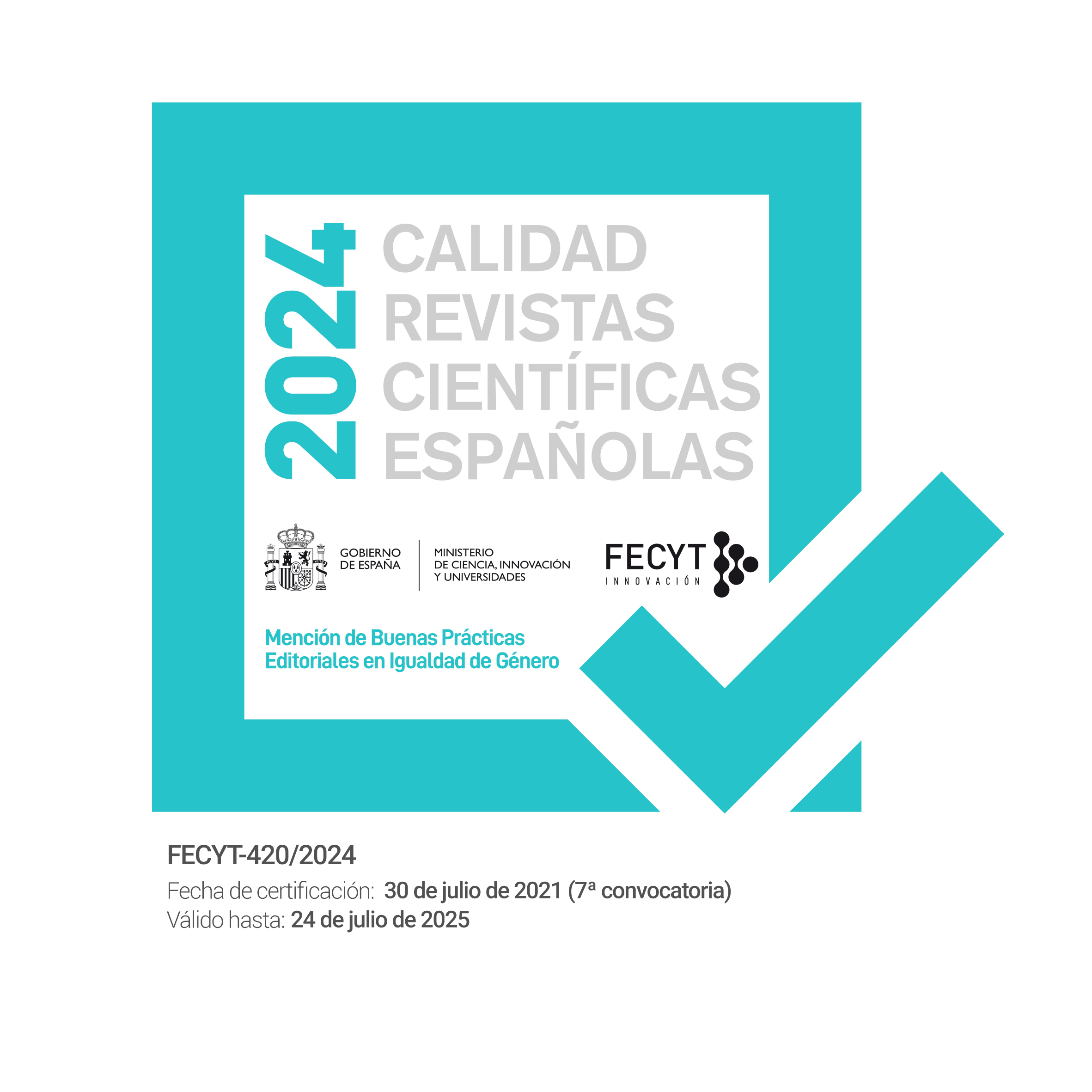THE THEORIES AND PRACTICES OF LOPE AND MORATÍN: THE NEW THEATRE AND 'THE NEW PLAY'
Keywords:
new comedy, new art, reflecting customs, verisimilitude, dramatic rules, didacticismAbstract
In this article, for the first time, two Spanish influent dramatic theories are critically related: Lope de Vega and Leandro Fernández de Moratín. Two centuries separate their creations, but both tried to renew the scene with their poetic, both sought a "new comedy" to break with immediately preceding theatre traditions. The dramatic works of either author, in fact, are very different in extension: Lope wrote more than four hundred titles, while Moratín only five. They are respectively the most prolific and international Spanish dramatic poet and one of the most moderate among the recognized Spanish authors, but they have in common a peculiar aspiration: they want their works to reflect the reality of the world. Paraphrasing Lope, comoedia speculum humanae vitae could be used as the headword of both. Taking Arte nuevo de hacer comedias (1609) and La comedia nueva o el café (1792) as a starting point, the article analyzes both authors’ theatre, contextualized in their respective historical moments.Downloads
How to Cite
Issue
Section
License
All contents published in the journal are protected under a Creative Commons BY-NC-ND license. This corresponds to legislation within Spain, and does not allow commercial use of the texts. It is not possible to modify the contents either.
General information.
Comparative Literature magazine 452ºF [ISSN 2013-3294] is a publishing project coordinated by Asociación Cultural 452ºF, and developed by its Editorial board.
Access to the Contents and Copyright.
All contents published in the journal are protected under a Creative Commons BY-NC-ND license. This corresponds to legislation within Spain, and does not allow commercial use of the texts. It is not possible to modify the contents either.
Every person has free access to the contents of the journal as long as they understand and assume that no profit is to be made on other people’s work.
In all cases, the original source name of the online journal and the article must be mentioned when used for any purposes.
Basic Conditions of all Call for Papers.
- 1. The author accepts that sending the paper:
- a. Does not guarantee the publication of it.
- b. Is done in accordance to the style-sheet of the magazine and the requirements of the specific call for papers.
- c. Implies the non-exclusive transferring of the first publication rights of the paper, as long as it is selected to be published in the journal, to theAsociación Cultural 452ºF, under a Creative Commons BY-NC-ND license.
- 2. The journal 452ºF, in due respect to moral rights of a copyright, guarantees that:
- a. All papers will be evaluated according to the procedure already mentioned.
- b. All authors will receive either a positive or negative answer to their sending a paper for publication.
- c. All papers will be published unabridged. The journal might make changes in the typographical disposition according to the needs.
- d. All papers will be published under a Creative Commons BY-NC-ND license.




